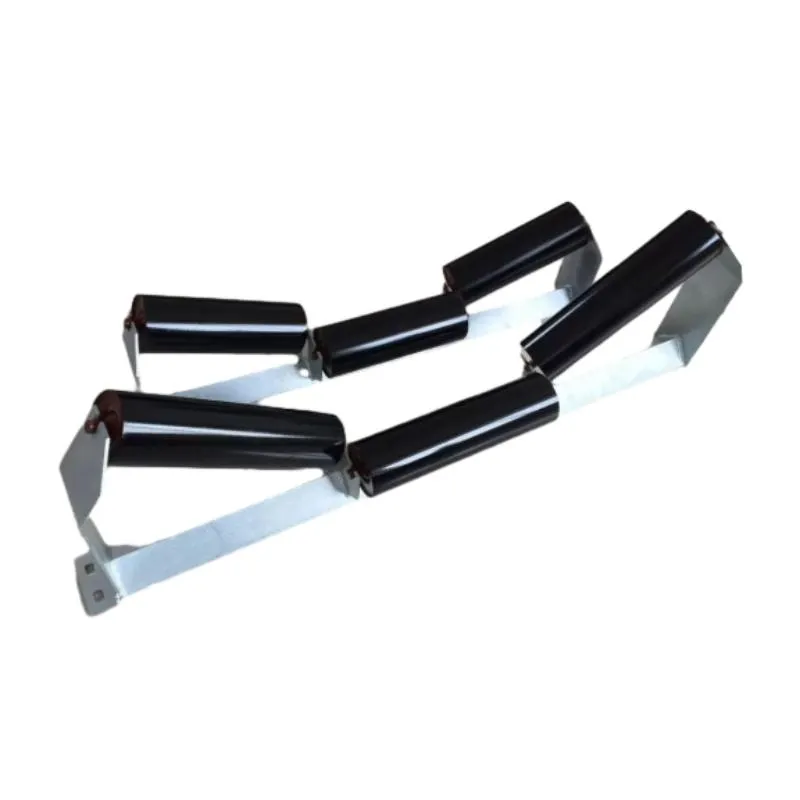 Afrikaans
Afrikaans  Albanian
Albanian  Amharic
Amharic  Arabic
Arabic  Armenian
Armenian  Azerbaijani
Azerbaijani  Basque
Basque  Belarusian
Belarusian  Bengali
Bengali  Bosnian
Bosnian  Bulgarian
Bulgarian  Catalan
Catalan  Cebuano
Cebuano  Corsican
Corsican  Croatian
Croatian  Czech
Czech  Danish
Danish  Dutch
Dutch  English
English  Esperanto
Esperanto  Estonian
Estonian  Finnish
Finnish  French
French  Frisian
Frisian  Galician
Galician  Georgian
Georgian  German
German  Greek
Greek  Gujarati
Gujarati  Haitian Creole
Haitian Creole  hausa
hausa  hawaiian
hawaiian  Hebrew
Hebrew  Hindi
Hindi  Miao
Miao  Hungarian
Hungarian  Icelandic
Icelandic  igbo
igbo  Indonesian
Indonesian  irish
irish  Italian
Italian  Japanese
Japanese  Javanese
Javanese  Kannada
Kannada  kazakh
kazakh  Khmer
Khmer  Rwandese
Rwandese  Korean
Korean  Kurdish
Kurdish  Kyrgyz
Kyrgyz  Lao
Lao  Latin
Latin  Latvian
Latvian  Lithuanian
Lithuanian  Luxembourgish
Luxembourgish  Macedonian
Macedonian  Malgashi
Malgashi  Malay
Malay  Malayalam
Malayalam  Maltese
Maltese  Maori
Maori  Marathi
Marathi  Mongolian
Mongolian  Myanmar
Myanmar  Nepali
Nepali  Norwegian
Norwegian  Norwegian
Norwegian  Occitan
Occitan  Pashto
Pashto  Persian
Persian  Polish
Polish  Portuguese
Portuguese  Punjabi
Punjabi  Romanian
Romanian  Russian
Russian  Samoan
Samoan  Scottish Gaelic
Scottish Gaelic  Serbian
Serbian  Sesotho
Sesotho  Shona
Shona  Sindhi
Sindhi  Sinhala
Sinhala  Slovak
Slovak  Slovenian
Slovenian  Somali
Somali  Spanish
Spanish  Sundanese
Sundanese  Swahili
Swahili  Swedish
Swedish  Tagalog
Tagalog  Tajik
Tajik  Tamil
Tamil  Tatar
Tatar  Telugu
Telugu  Thai
Thai  Turkish
Turkish  Turkmen
Turkmen  Ukrainian
Ukrainian  Urdu
Urdu  Uighur
Uighur  Uzbek
Uzbek  Vietnamese
Vietnamese  Welsh
Welsh  Bantu
Bantu  Yiddish
Yiddish  Yoruba
Yoruba  Zulu
Zulu conveyor drum pulley
The Importance of Conveyor Drum Pulleys in Material Handling
Conveyor systems play a crucial role in various industries, from mining to manufacturing, enabling the efficient transport of materials. At the heart of these systems lies a critical component the conveyor drum pulley. Understanding the function, types, and significance of these pulleys can enhance the efficiency of any conveyor system.
What is a Conveyor Drum Pulley?
A conveyor drum pulley is a cylindrical component that serves as a rotating element in a conveyor system
. It is typically mounted on the ends of conveyor belts and is responsible for driving the belt forward, guiding materials along the intended path, and providing tension to the system. Drum pulleys can be categorized into different types, including drive pulleys, tail pulleys, and snub pulleys, each fulfilling a specific function in the conveyor assembly.Types of Conveyor Drum Pulleys
1. Drive Pulleys These are crucial for the movement of the belt. Drive pulleys receive power from an external motor, which initiates the rotation of the pulley, thus propelling the conveyor belt. They are typically designed to handle a high-tension load and may have textured surfaces to enhance grip on the belt.
2. Tail Pulleys Positioned at the opposite end of the drive pulley, tail pulleys are essential for guiding the belt around its loop. They help maintain the belt's tension and alignment, preventing slippage and misalignment during operation.
conveyor drum pulley

3. Snub Pulleys These pulleys are used to increase belt tension and improve the belt's contact with the drive pulley. By adjusting the angle of contact, snub pulleys can enhance the efficiency of power transmission from the drive to the conveyor belt.
4. Return Pulleys Located on the return side of the conveyor belt, these pulleys support the belt as it loops back to the drive pulley. Their design minimizes friction and wear, ensuring the longevity of both the belt and the pulleys.
The Significance of Conveyor Drum Pulleys
Conveyor drum pulleys are vital in ensuring the smooth operation of conveyor systems. Their primary role is to maintain belt tension, which is essential for consistent material flow. Proper tension prevents excessive wear and tear on the conveyor belt, ultimately extending its lifespan and lowering maintenance costs. Additionally, well-designed pulleys improve the overall efficiency of the conveyor system, enabling faster and more reliable material transport.
Moreover, the choice of materials and construction for drum pulleys can significantly affect performance. High-quality materials such as steel and rubber can improve durability and reduce the risk of breakage or slipping. Engineers must consider factors like load capacity, environmental conditions, and the specific application when selecting pulleys.
Conclusion
In conclusion, conveyor drum pulleys are indispensable components in modern material handling systems. They play a pivotal role in driving movement, maintaining tension, and ensuring the smooth flow of materials in various industrial applications. By understanding the different types of pulleys and their functions, companies can make informed decisions when designing or upgrading their conveyor systems. Investing in high-quality drum pulleys not only enhances operational efficiency but also translates to reduced downtime and maintenance costs, ultimately contributing to a more productive operation. As industries continue to evolve, the importance of reliable and efficient conveyor systems, anchored by robust drum pulleys, will only grow.
-
Revolutionizing Conveyor Reliability with Advanced Rubber Lagging PulleysNewsJul.22,2025
-
Powering Precision and Durability with Expert Manufacturers of Conveyor ComponentsNewsJul.22,2025
-
Optimizing Conveyor Systems with Advanced Conveyor AccessoriesNewsJul.22,2025
-
Maximize Conveyor Efficiency with Quality Conveyor Idler PulleysNewsJul.22,2025
-
Future-Proof Your Conveyor System with High-Performance Polyurethane RollerNewsJul.22,2025
-
Driving Efficiency Forward with Quality Idlers and RollersNewsJul.22,2025





























